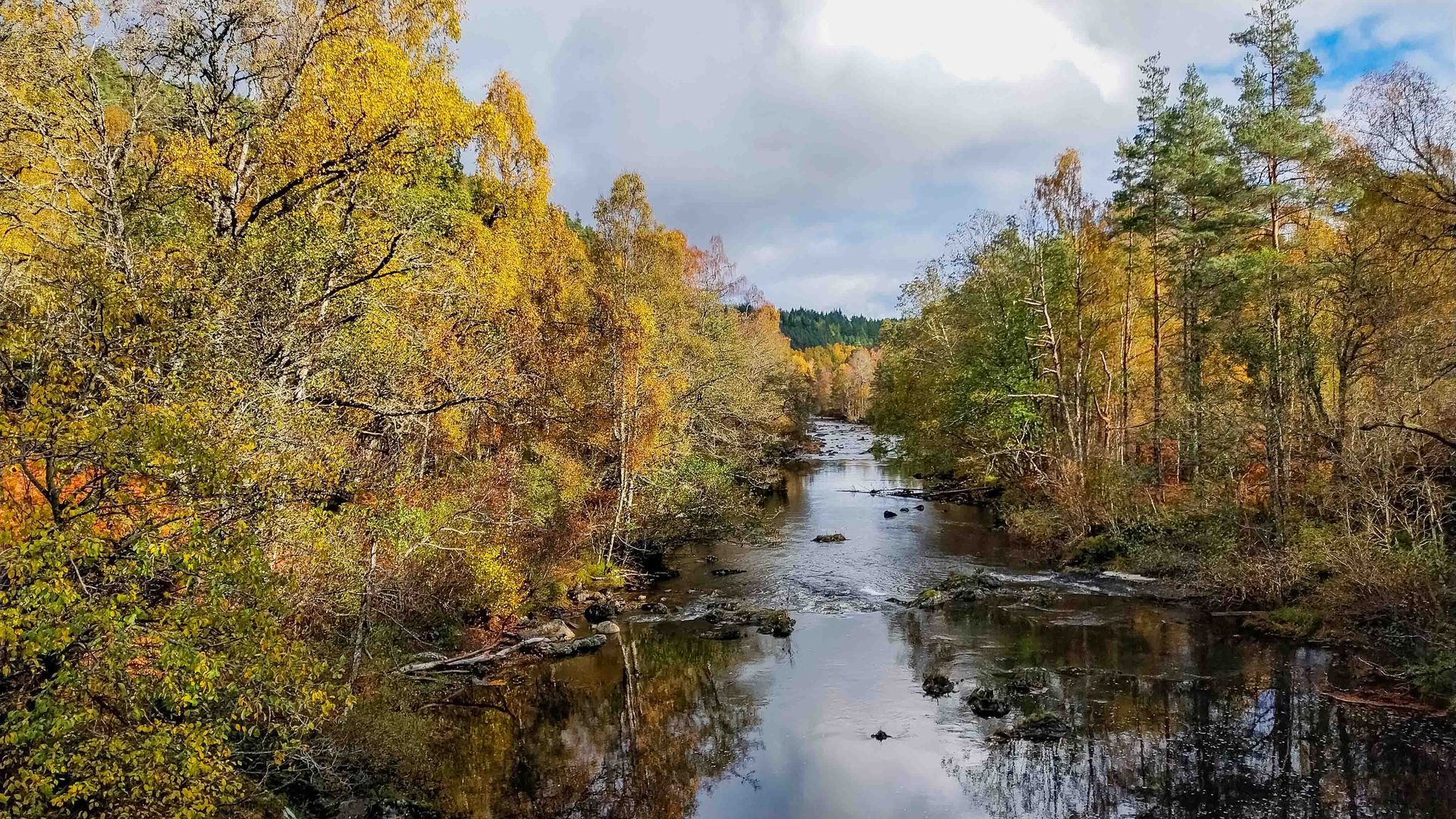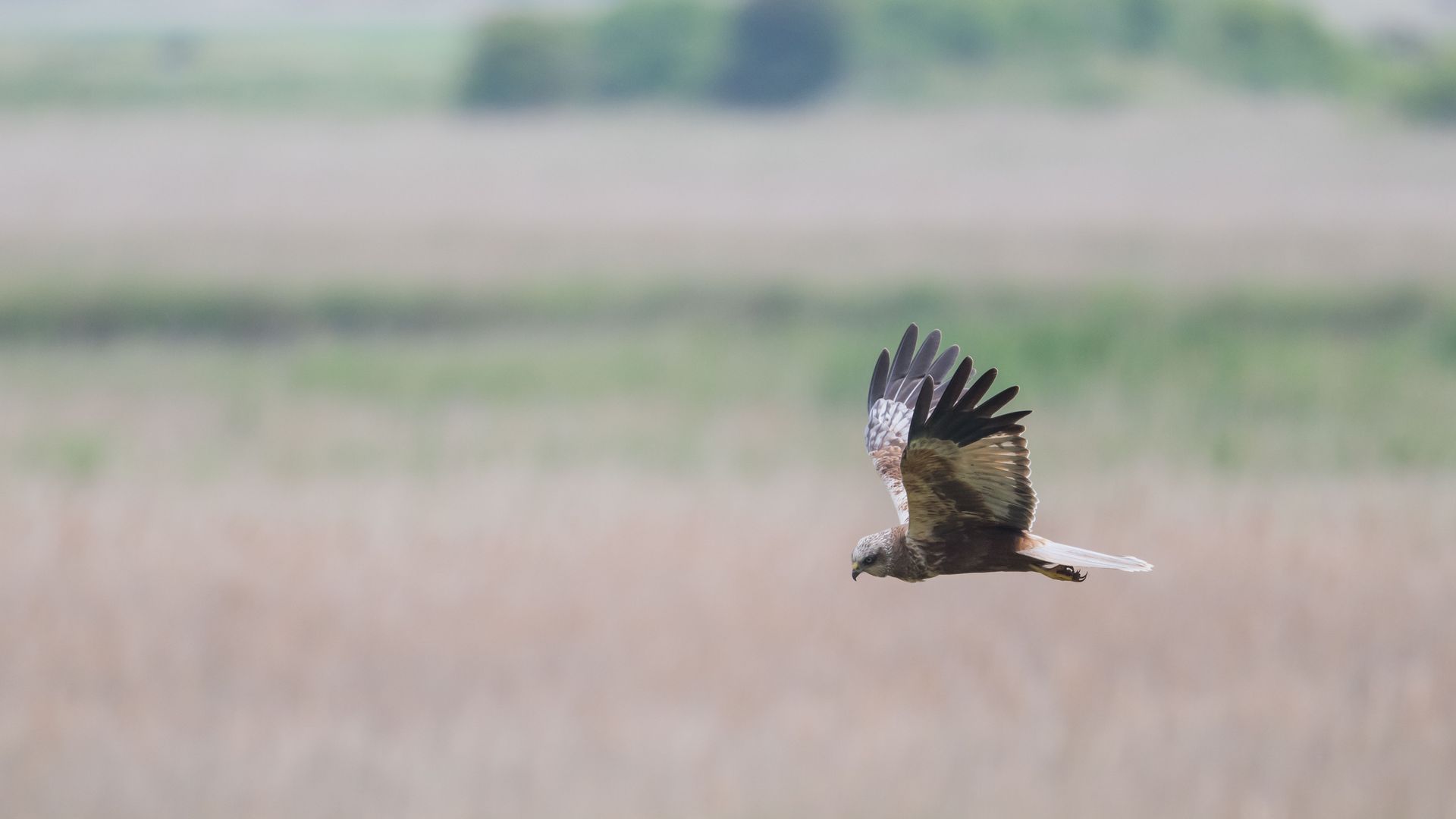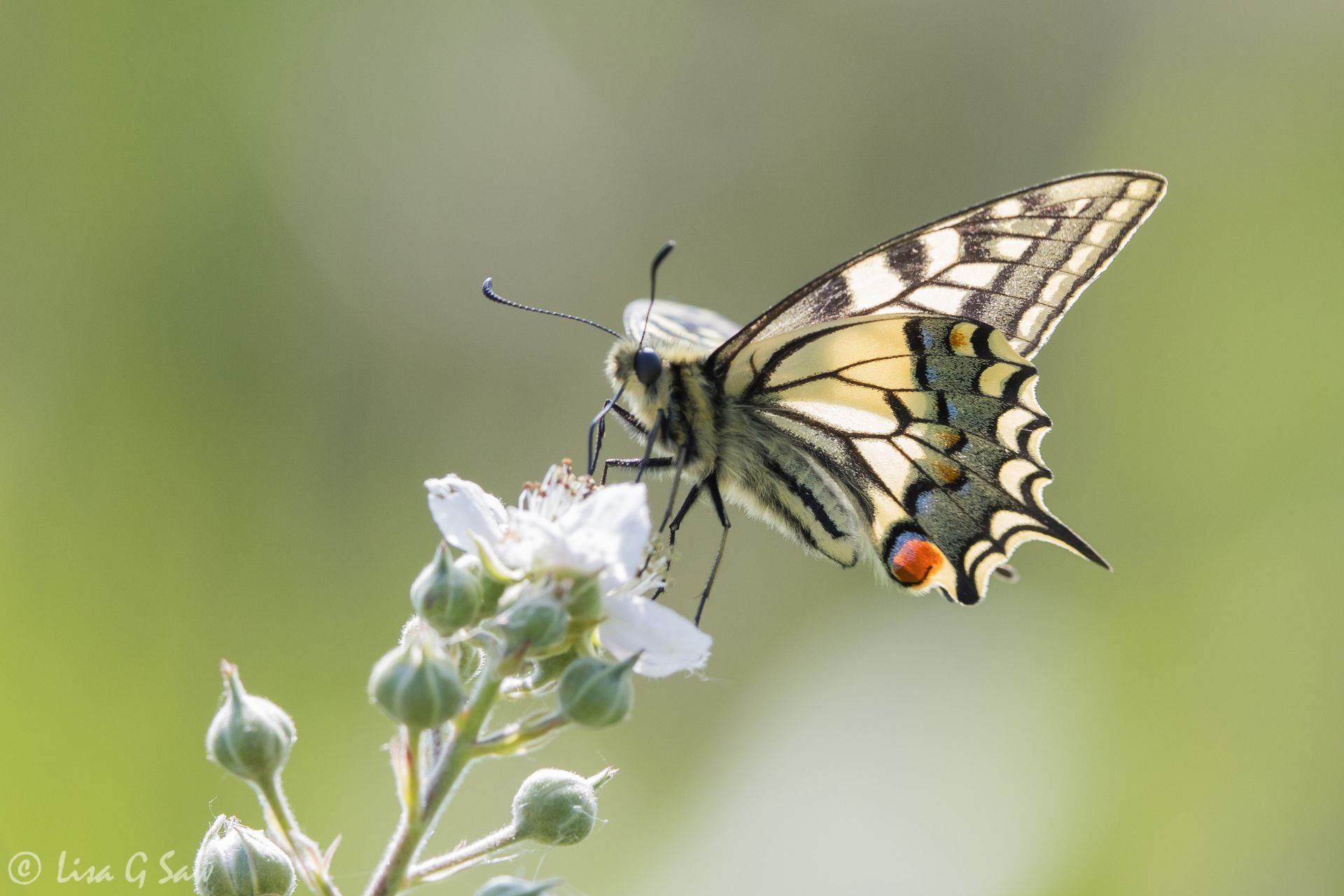Last Light Along The River
We’d enjoyed a lovely late afternoon stroll along the River Ouse on a fairly sunny warm winter’s day. We’d been busy chatting, but all the while keeping an eye open for Short Eared Owls flying about. Sadly, it wasn’t to be today. On the return leg, we were more hopeful to see a Barn Owl. It seemed more likely as the day was drawing to a close and the sun was lowering ever closer towards the hills of the South Downs. Soon it would disappear from sight altogether, taking with it the gorgeous golden glow that illuminated the tops of the tall reeds and bathed the bare wintry trees. It’s such a beautiful time of day. It was so lovely having the opportunity to notice everything around us.
We dropped down off the bank onto lower ground and stopped talking, standing still for a while. Our eyes constantly surveyed all around us, ever hopeful Barnie would appear. Occasionally, the binoculars were lifted to see into the distance further, but still it was being elusive.
The sounds of human life were a distant hum, but ever present. I saw a bird fly down into the reeds to roost, just in front of me. I noticed the absence of twittering birds as the light was dimming and darkness was descending. Instead, I could hear the wind in my ear when I turned my head slightly. I pulled down my hat some more. The cold was starting to creep in, despite my layers. But the stillness, the calm, the peace, it kept me there for longer, enjoying the moment.
High in the sky, the entrails of a plane long gone to some far-off place, were breaking up into puffy fragments, still aglow from the last light – a beautiful soft pink set against an otherwise cloudless darkening blue sky. I like to capture these abstract moments. It’s the simple things that can please so much. It didn’t really bother me that much that we didn’t see the owls. There’d be plenty more opportunities ahead. You can’t be lucky every time. If wildlife watching were easy, the rewards would probably not seem so worthwhile. There was plenty to be happy about. We walked the last stretch of the riverbank holding hands, having enjoyed a wonderful afternoon together. These are the moments to treasure.



